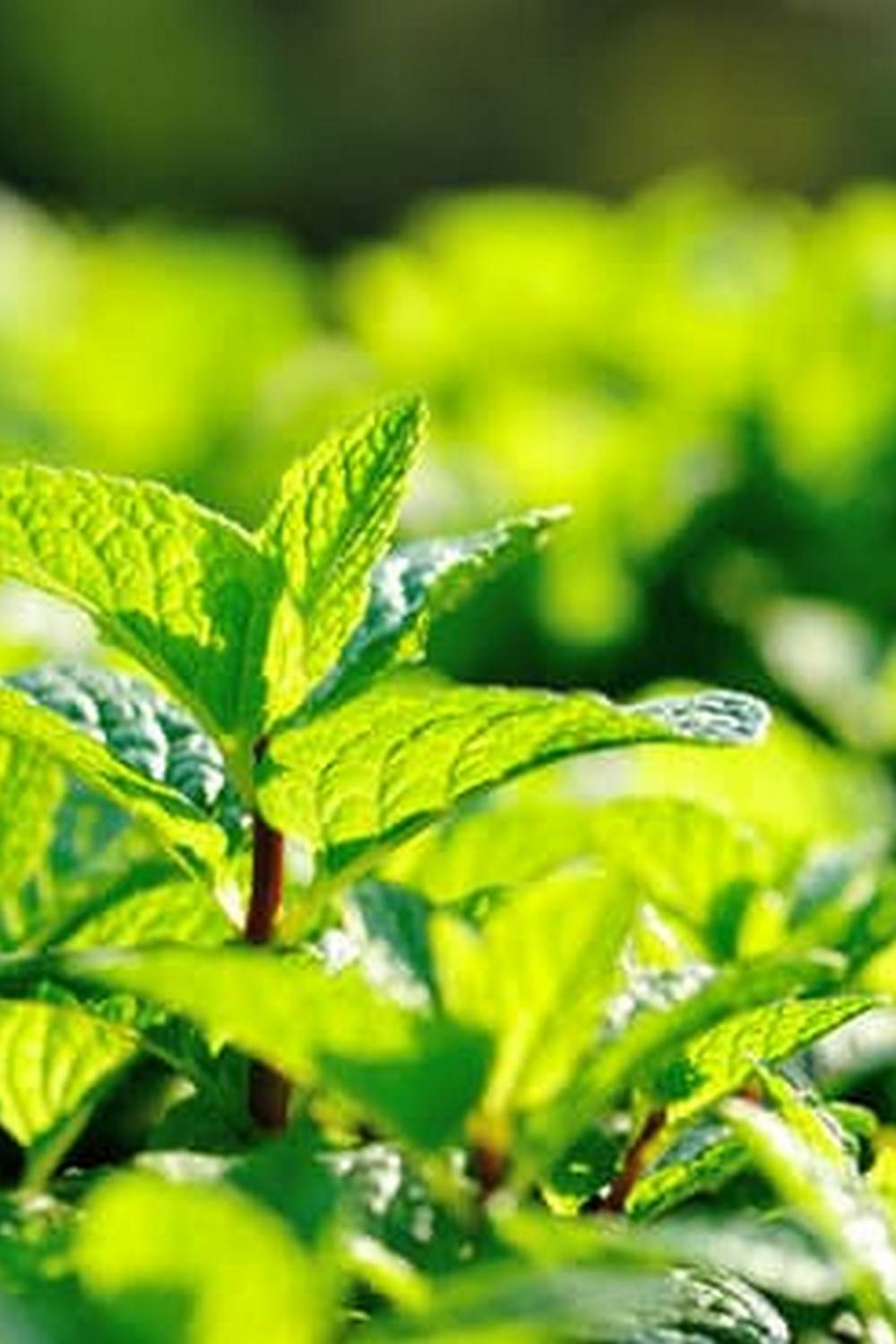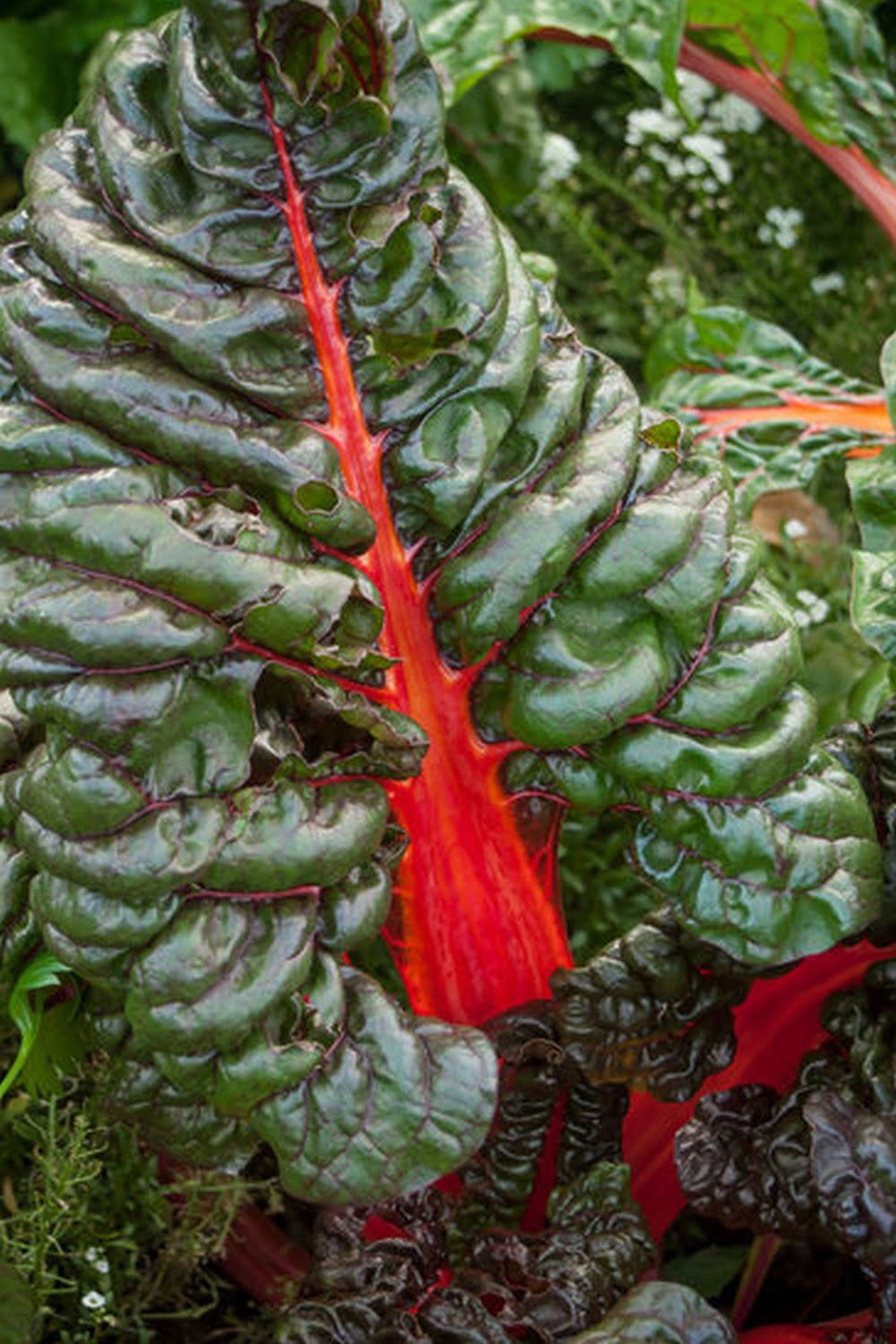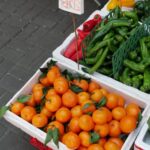Are you a beginner looking to start your vegetable gardening journey in the UK? Look no further. In this article, we will provide you with some valuable vegetable gardening tips for beginners in the UK. Whether you have limited outdoor space or a large garden, these tips will help you get started on the right foot. From selecting the best vegetables for your climate to preparing the soil and managing pests, we’ve got you covered.
New to vegetable gardening? Don’t worry, we’ll guide you through every step of the process. Before you dive into the world of vegetable gardening, it’s important to understand what it entails and how to make the most of your experience. With the right knowledge and resources at your fingertips, you can enjoy a bountiful harvest and take pride in growing your own fresh produce.
In this article, we’ll cover everything from choosing the right location for your garden to harvesting and storing your vegetables. By following these tips, even those new to gardening will find success and joy in nurturing their own edible plants. So let’s get started on this exciting journey into the world of vegetable gardening.
Choosing the Right Location for Your Garden
Choosing the right location for your vegetable garden is crucial for the success of your plants. In the UK, it is important to consider factors such as sunlight, wind exposure, and proximity to water sources when selecting a location for your garden.
Sunlight
Most vegetable plants require at least 6 hours of direct sunlight each day. When choosing a location for your garden, consider areas that receive ample sunlight throughout the day. South-facing areas are often ideal for vegetable gardening as they receive the most sunlight. Avoid planting your garden in the shadow of tall trees or buildings that may block out the sun.
Wind Exposure
Strong winds can damage or uproot young plants. When selecting a location for your garden, consider areas that are protected from strong winds. Fences, hedges, or other structures can be used to create windbreaks and protect your crops from being damaged.
Proximity to Water Sources
It is essential to have easy access to water sources when cultivating a vegetable garden. Choose a location that is close to a water supply, such as a hose or watering can. This will make it convenient for you to water your plants regularly, especially during dry periods.
By considering these factors when choosing the right location for your vegetable garden, you can ensure that your plants thrive and produce an abundant harvest. Taking these steps into account will set you on the path to becoming a successful vegetable gardener in the UK.
Selecting the Best Vegetables for Your Climate
When it comes to successful vegetable gardening, choosing the right vegetables for your specific climate is crucial. Different vegetables thrive in different conditions, so it’s important to select varieties that will do well in your area. Here are some tips for selecting the best vegetables for your climate:
1. Research Your Hardiness Zone: The UK has various hardiness zones that determine which plants are most likely to thrive in a particular area. Before selecting vegetables for your garden, it’s essential to research the hardiness zone of your location. Once you know your hardiness zone, you can easily find information on which vegetables are best suited for your area.
2. Consider Temperature and Sunlight: Some vegetables require full sun to grow and produce an abundant harvest, while others prefer cooler temperatures or partial shade. Take into account the average temperature and sunlight exposure in your region when choosing which vegetables to plant in your garden.
3. Consult with Local Gardeners: Local gardening clubs or community gardens can be excellent resources for learning about which vegetables are best suited for your climate. Experienced local gardeners can provide valuable advice on what has worked well for them and what hasn’t in a similar climate.
With these tips in mind, you can make informed decisions about which vegetables will thrive in your specific climate, setting yourself up for a successful and bountiful vegetable garden.
Remember that finding the right vegetables for your climate is just one step towards a successful vegetable garden – in our next section we will go over how to properly prepare soil to ensure optimal growing conditions and a healthy crop yield.
Preparing the Soil for Planting
Testing the Soil Quality
Before planting your vegetables, it is essential to test the quality of your soil. This can be done by purchasing a simple DIY soil testing kit or by sending a sample to a professional lab for analysis. The results will indicate the pH level, nutrient content, and texture of your soil, which will help you determine if any amendments are needed.
Adding Organic Matter
Once you have an understanding of your soil’s quality, it’s time to improve it by adding organic matter. This can include compost, well-rotted manure, or leaf mold. Organic matter helps to improve soil structure, drainage, and fertility. It also provides essential nutrients for plant growth and improves microbial activity in the soil.
Double-Digging or No-Dig Method
Depending on the condition of your soil, you may choose to double-dig or use a no-dig method when preparing your vegetable garden beds. Double-digging involves loosening and turning over the top layer of soil with a spade and then breaking up the subsoil underneath.
The no-dig method involves adding layers of organic matter on top of the existing soil without disturbing it. Both methods have their advantages and should be chosen based on the specific needs of your garden.
By following these soil preparation tips, you will set yourself up for success in growing healthy and productive vegetable plants in your UK garden. Remember that soil health is crucial for the overall well-being of your garden, so investing time and effort into preparing it will pay off in the long run.
Planting and Watering Techniques
When it comes to vegetable gardening tips for beginners in the UK, understanding the proper planting and watering techniques is essential for a successful harvest. When planting your vegetables, it’s important to consider the spacing between each plant to ensure they have enough room to grow. For example, larger plants such as tomatoes and peppers should be spaced at least 18-24 inches apart, while smaller plants like lettuce and spinach can be spaced closer together.
In addition to proper spacing, watering your vegetables correctly is crucial for their growth and development. The general rule of thumb is to water deeply and less frequently rather than shallowly and often.
This encourages the plants’ roots to grow deeper into the soil in search of moisture, making them more resilient during dry periods. It’s also important to water your garden in the morning or early evening to minimize evaporation and ensure that the leaves have time to dry before nightfall, reducing the risk of disease.
Another important aspect of planting and watering techniques is mulching. Mulch helps retain soil moisture, prevent weed growth, and regulate soil temperature. Organic mulches such as straw, wood chips, or grass clippings are excellent choices for vegetable gardens as they break down over time, adding valuable nutrients to the soil.
| Vegetable Gardening Tips | Beginners Uk |
|---|---|
| Proper spacing between plants | 18-24 inches apart for larger plants |
| Watering deeply and less frequently | Mulching helps retain soil moisture |
Pest and Disease Management
Pests and diseases can be a major challenge for novice vegetable gardeners in the UK. However, with the right knowledge and management techniques, you can minimize their impact on your garden. Here are some essential tips for managing pests and diseases in your vegetable garden:
- Regularly inspect your plants: Keep an eye out for any signs of disease or pest infestation. Look for wilting, discoloration, holes in leaves, or unusual growth patterns. Catching problems early can help prevent them from spreading.
- Choose resistant varieties: When selecting which vegetables to grow, consider choosing varieties that are known for their resistance to common pests and diseases in the UK. For example, there are many tomato varieties that are bred to resist certain types of blight.
- Practice crop rotation: Rotating your crops each year can help prevent the buildup of pests and diseases in the soil. This involves planting different types of vegetables in different areas of your garden each season.
In addition to these tips, it’s important to familiarize yourself with common pests and diseases that can affect vegetable gardens in the UK. Some examples include carrot fly, cabbage white butterflies, aphids, potato blight, and clubroot. Understanding these threats will help you identify them quickly and take appropriate action to manage them.
By implementing these pest and disease management techniques and staying vigilant throughout the growing season, you can increase the chances of a successful harvest from your vegetable garden. If you encounter specific challenges, don’t hesitate to seek advice from local gardening experts or online resources dedicated to vegetable gardening tips for beginners in the UK.
Harvesting and Storing Your Vegetables
After all the hard work of planting and tending to your vegetable garden, it’s finally time to reap the rewards. Harvesting your vegetables at the right time is crucial to ensure that they are at their peak flavor and nutritional value.
For beginners in the UK, it’s important to know when and how to harvest different types of vegetables. Some general tips include harvesting leafy greens like lettuce and spinach when they are young and tender, while root vegetables such as carrots and potatoes should be harvested when they have reached a good size.
Once you have harvested your vegetables, proper storage is essential to prolong their shelf life and maintain their quality. Different vegetables have different storage requirements, so it’s important to know how each type should be stored. For example, root vegetables such as onions and potatoes should be stored in a cool, dark place with good ventilation, while tomatoes are best kept at room temperature until ripe, then refrigerated for longer storage.
Properly storing your harvested vegetables not only ensures that you can enjoy them for longer, but also reduces food waste. Learning the best practices for harvesting and storing will help you make the most of your bountiful vegetable garden.
| Vegetable | Harvesting Time | Storage Method |
|---|---|---|
| Lettuce | When young and tender | Refrigerate in a plastic bag |
| Carrots | When they have reached a good size | Store in a cool, dark place with high humidity |
| Tomatoes | Ripe on the vine or just before fully ripe | Room temperature until ripe then refrigerate for longer storage |
Tips for Success and Resources for Further Learning
As you embark on your vegetable gardening journey, remember that learning and adapting are key to success. Even the most experienced gardeners are always picking up new knowledge and finding ways to improve. There are many resources available for further learning, including books, online forums, and local gardening clubs. Take advantage of these resources to continue expanding your knowledge and improving your skills in vegetable gardening.
Additionally, consider keeping a journal or diary to document your experiences and successes in the garden. This will not only serve as a valuable resource for future reference, but it will also help you track your progress and learn from any mistakes along the way. Many seasoned gardeners swear by keeping detailed records of their gardening activities.
Most importantly, have patience and don’t be discouraged by any setbacks. Vegetable gardening is a continuous learning process, and with time and dedication, you will see improvements in your results.
Remember to celebrate even the smallest victories in your garden – whether it’s successfully growing a new vegetable variety or identifying and solving a pest problem. With these tips for success and resources for further learning in mind, you’ll be well on your way to becoming a proficient vegetable gardener here in the UK.
Frequently Asked Questions
What Should I Put in My Beginner Vegetable Garden?
When starting a beginner vegetable garden, it’s best to start with easy-to-grow vegetables like tomatoes, lettuce, cucumbers, and radishes. These vegetables are low-maintenance and great for beginners to start with.
What Vegetables Are Easiest to Grow for Beginners?
For beginners, some of the easiest vegetables to grow include tomatoes, zucchini, peppers, and green beans. These vegetables are relatively low maintenance and can thrive in various growing conditions.
What Is the Best Layout for a Vegetable Garden?
The best layout for a vegetable garden will depend on factors like available space, sunlight exposure, and the types of vegetables you want to grow. However, a traditional row layout or raised bed garden tend to be popular choices for many vegetable gardeners. Both layouts offer ease of access for planting and harvesting.

If you’re looking to get into vegetable gardening, or are just looking for some tips on how to make your current garden better, then you’ve come to the right place! My name is Ethel and I have been gardening for years. In this blog, I’m going to share with you some of my best tips on how to create a successful vegetable garden.





